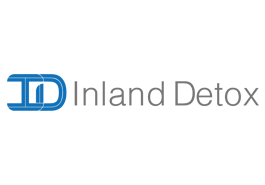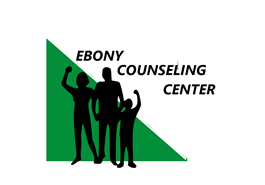Heroin and It’s Production
Heroin, referred to as diamorphine in medical environment is an analgesic, synthesized by Alder Wright in 1874 by adding acetyl groups to morphine molecule found in the opium poppy. It is also known as dope, smack, horse, brown, black, BAN, H, tar, and other names. It is used both as a recreational drug and an analgesic. It has been declared illegal in every country to sell, manufacture or possess heroin without a license.
History of Heroin in California and Street Names for Heroin
Bayer Pharmaceuticals launched commercial production of Heroin from morphine in 1898. Initially they produced and marketed it as a non-addictive morphine substitute and cough suppressant. By 1913, there had been many cases related to heroin that Bayer decided to discontinue the product and the U.S. banned the drug’s use without a prescription. By 1924 heroin was prohibited from being manufactured, imported or sold. There are numerous street names for heroin and different names stand for different grades and quantities. To start with ‘goop, sprackle and pop’ are the lowest of grades, with the next better grade being ‘real brown sugar, the real, H’. Though available in California it is easier to find this stuff in Arizona or New Mexico. ‘The white, big H, China’ is considered to be the best among all. It is the most potent that usually gets shipped to California from Baltimore. Within California the possession, use and sales subject you to prosecution under a number of different laws.
Types of Rehab
Inpatient Heroin Rehabilitation: This program admits the addict as an inpatient and is the most effective and widely recognized form of therapy. The addict voluntarily joins the program taking a break from the outside world helping them escape from regular stress and conquer addiction.
Outpatient Heroin Rehabilitation: This program allows the addict to live at home even as he undergoes treatment but is required to submit urine samples before each session. There may be daily therapy sessions or weekly or even monthly attendance. The addict
Benefits of Heroin Rehab
Following are some of the benefits of Heroin rehab
- During rehabilitation peer support plays a major role in recovery.
- Stress reduction techniques are taught that include meditation, exercise and yoga.
- Dual diagnosis support is often used to treat heroin addiction and mental health disorders simultaneously.
- Here the addicts are administered specific medications such as naltrexone and buprenorphine that stop the addictive euphoria associated with heroin. Also medicines such as methadone lower heroin cravings.
- According to one study heroin has an astonishing 82 percent high relapse rates. To avoid relapse intensive relapse prevention measures are integrated into treatment programs.
The duration of a rehab program for addiction to heroin depends on a number of variables. According to NIDA 12 months is a minimum amount of time for methadone maintenance. Some rehab programs believe that recovery is a life-long process.




